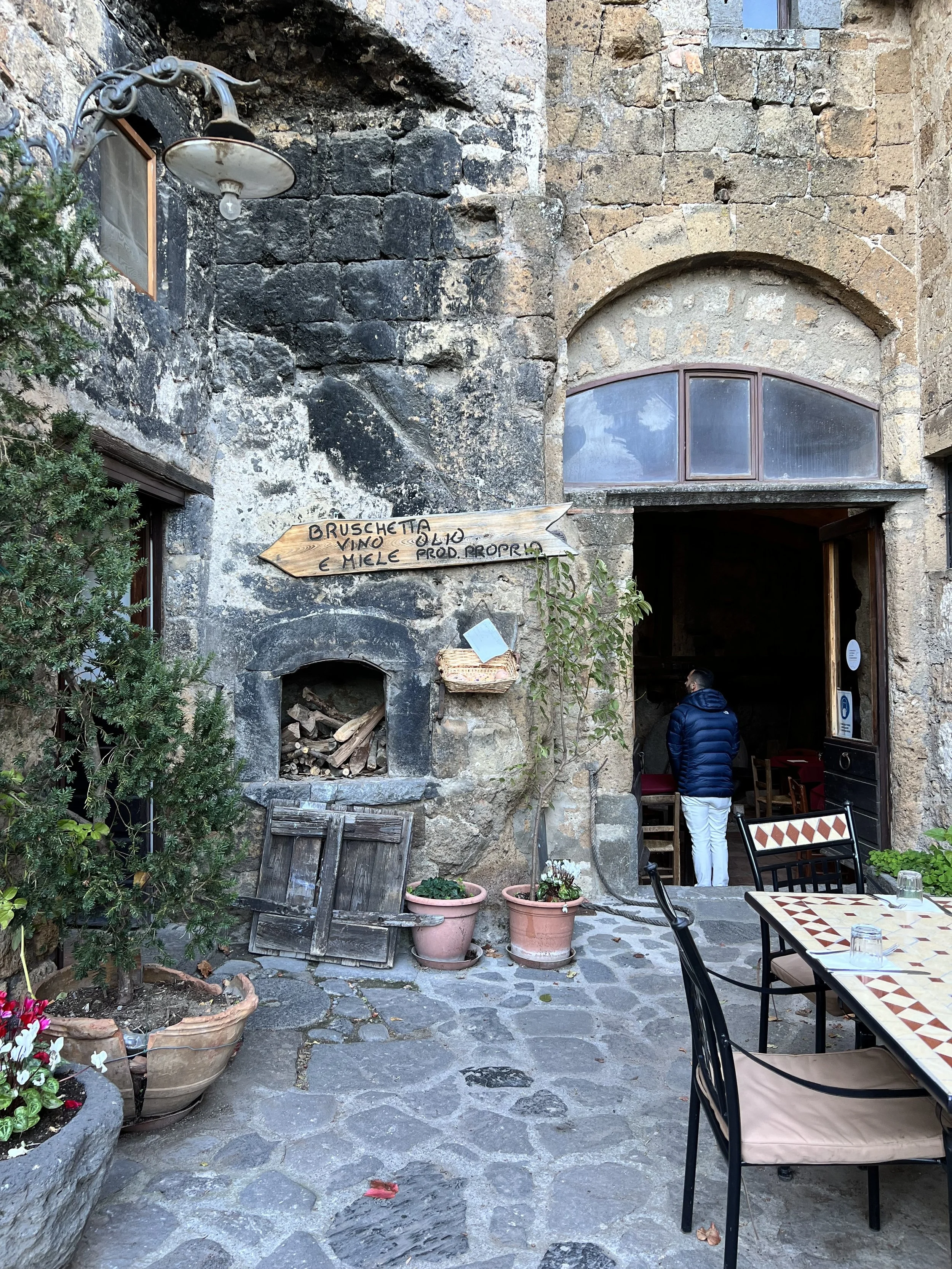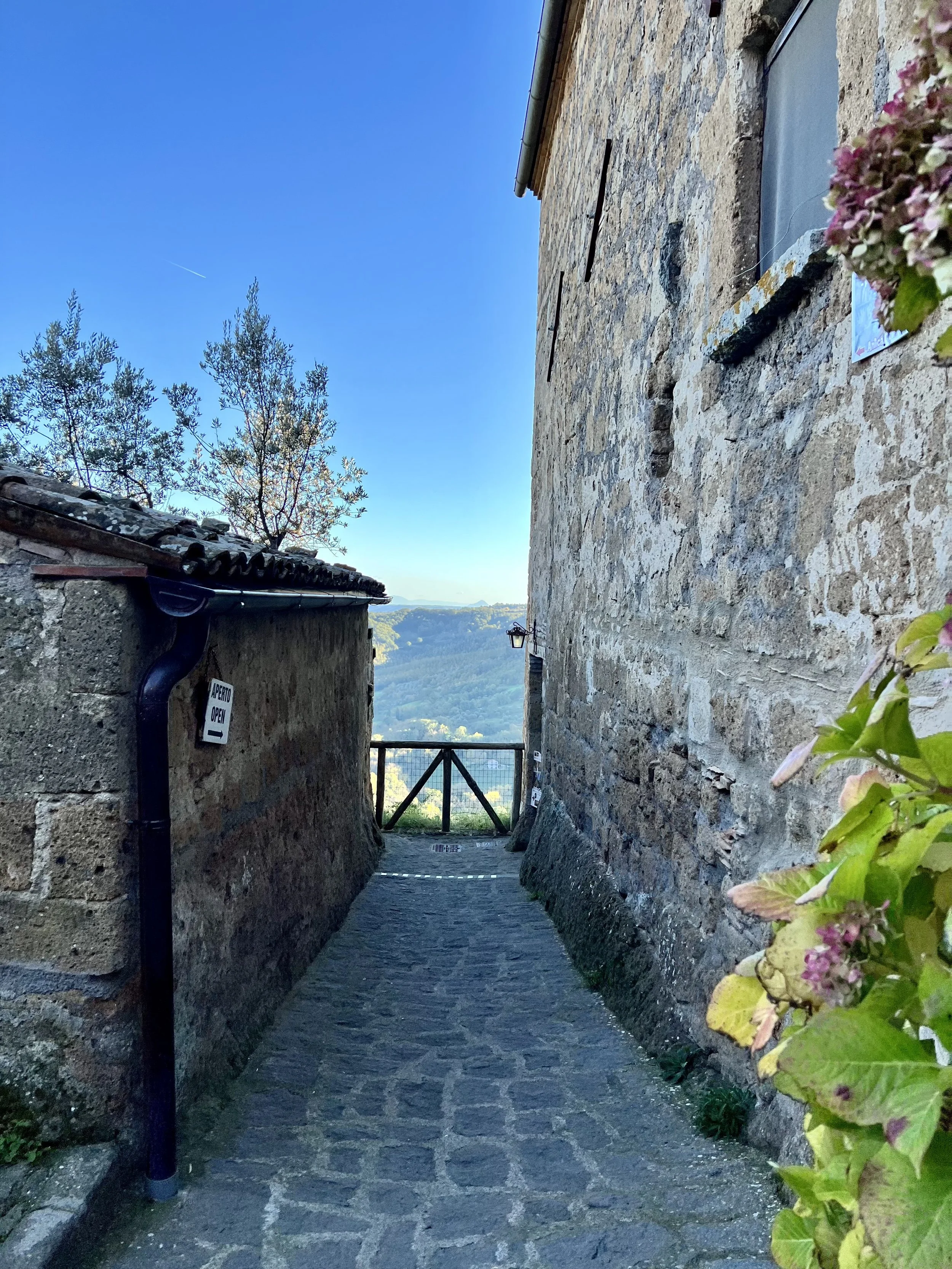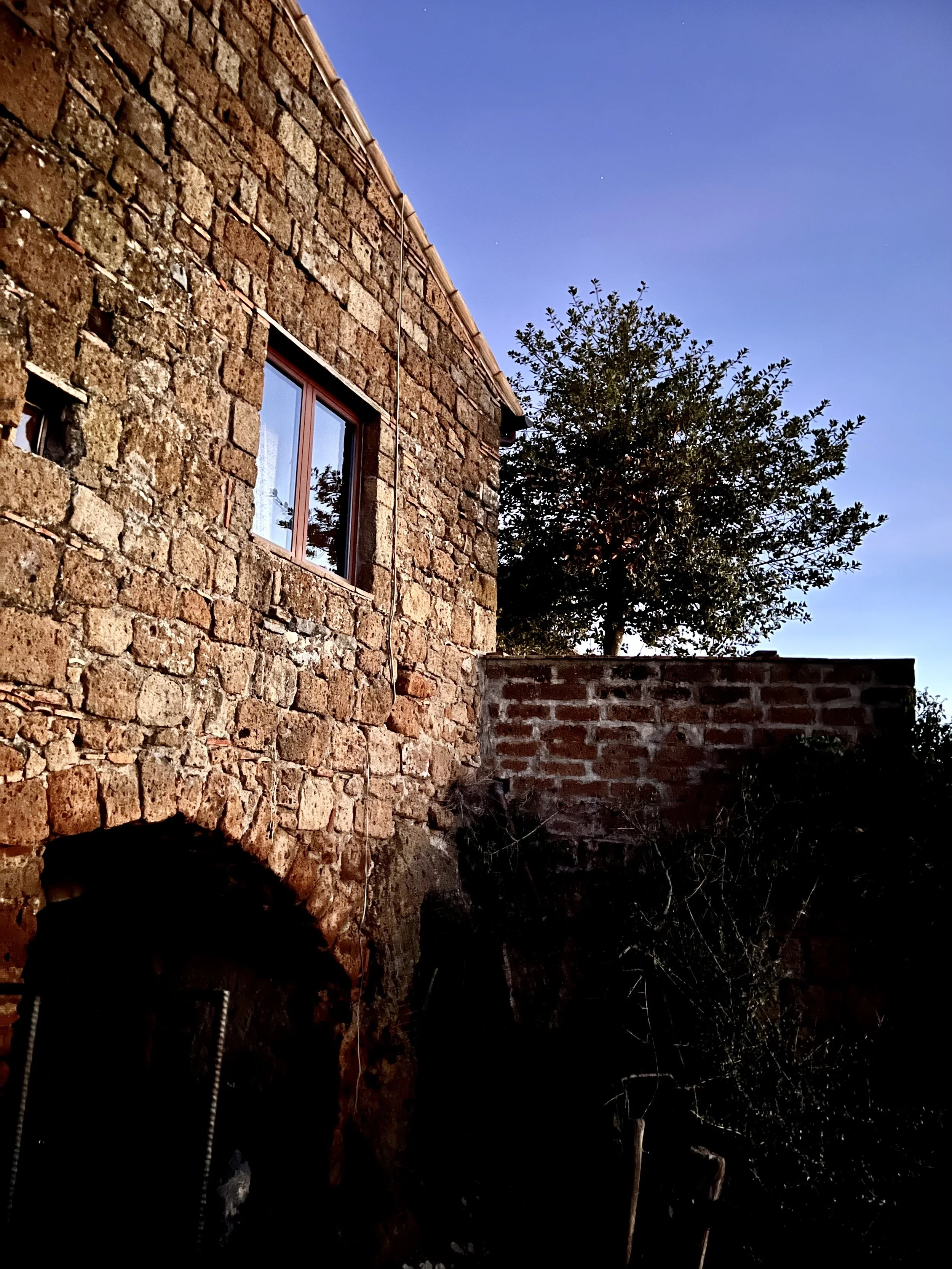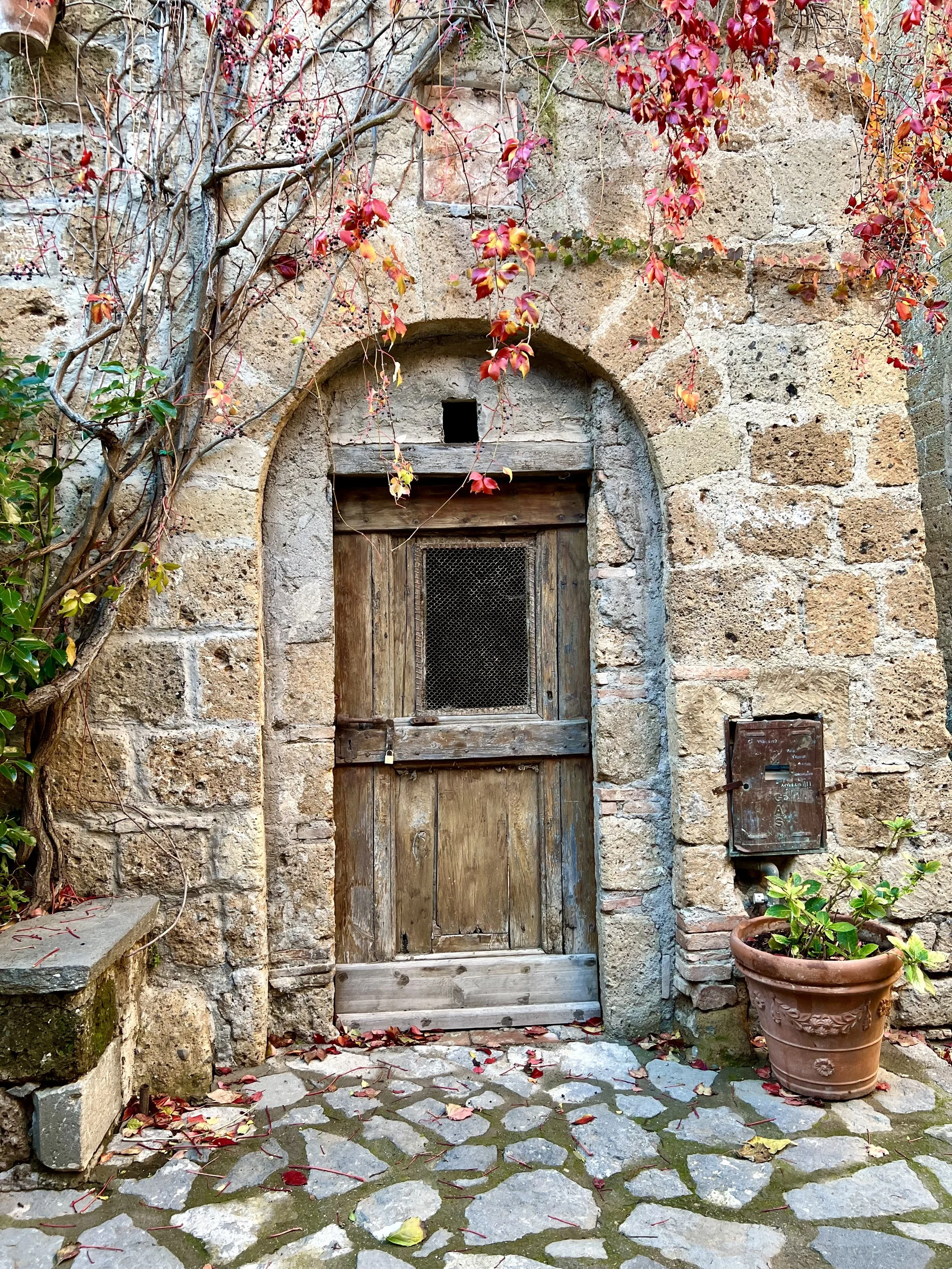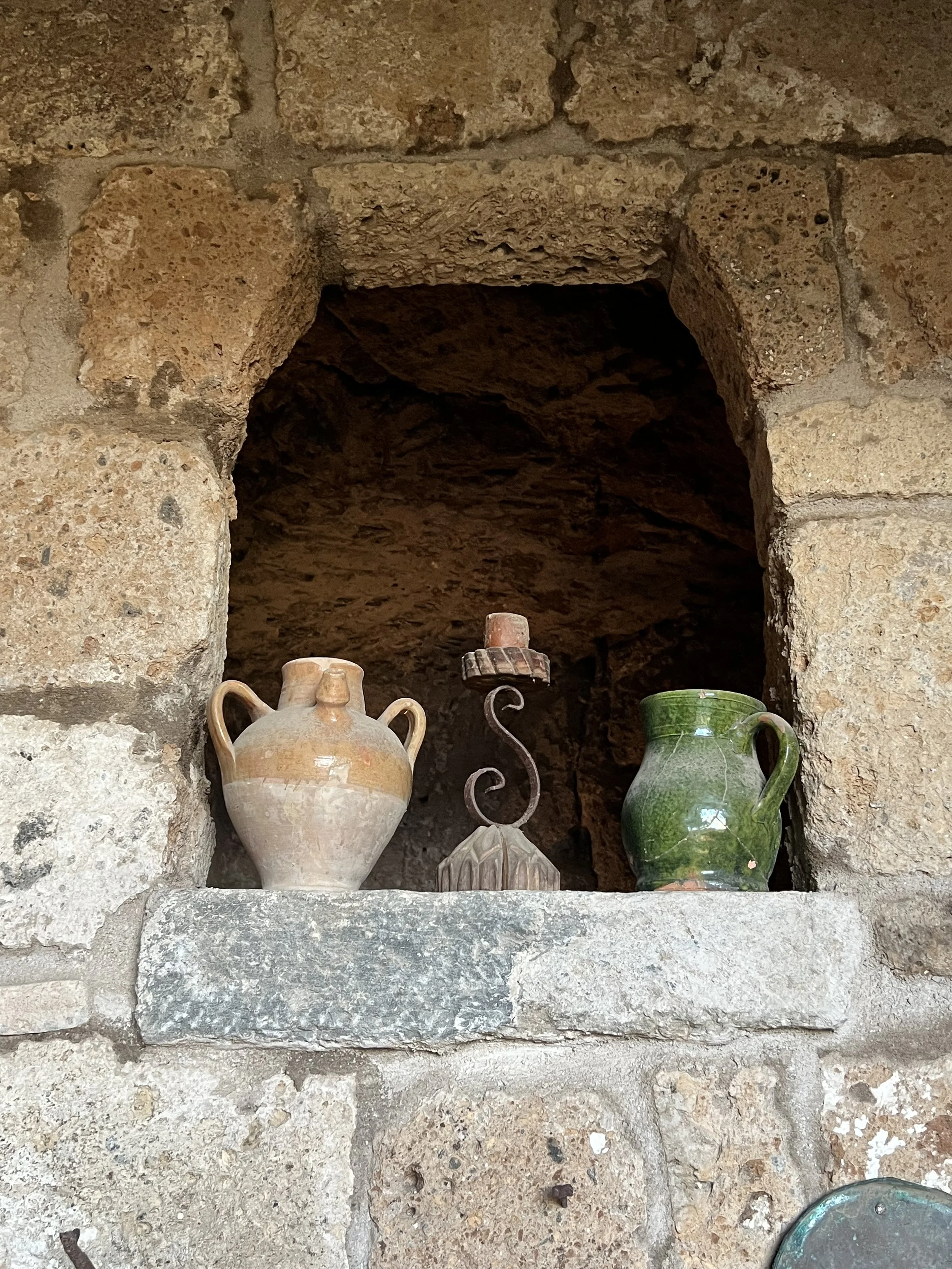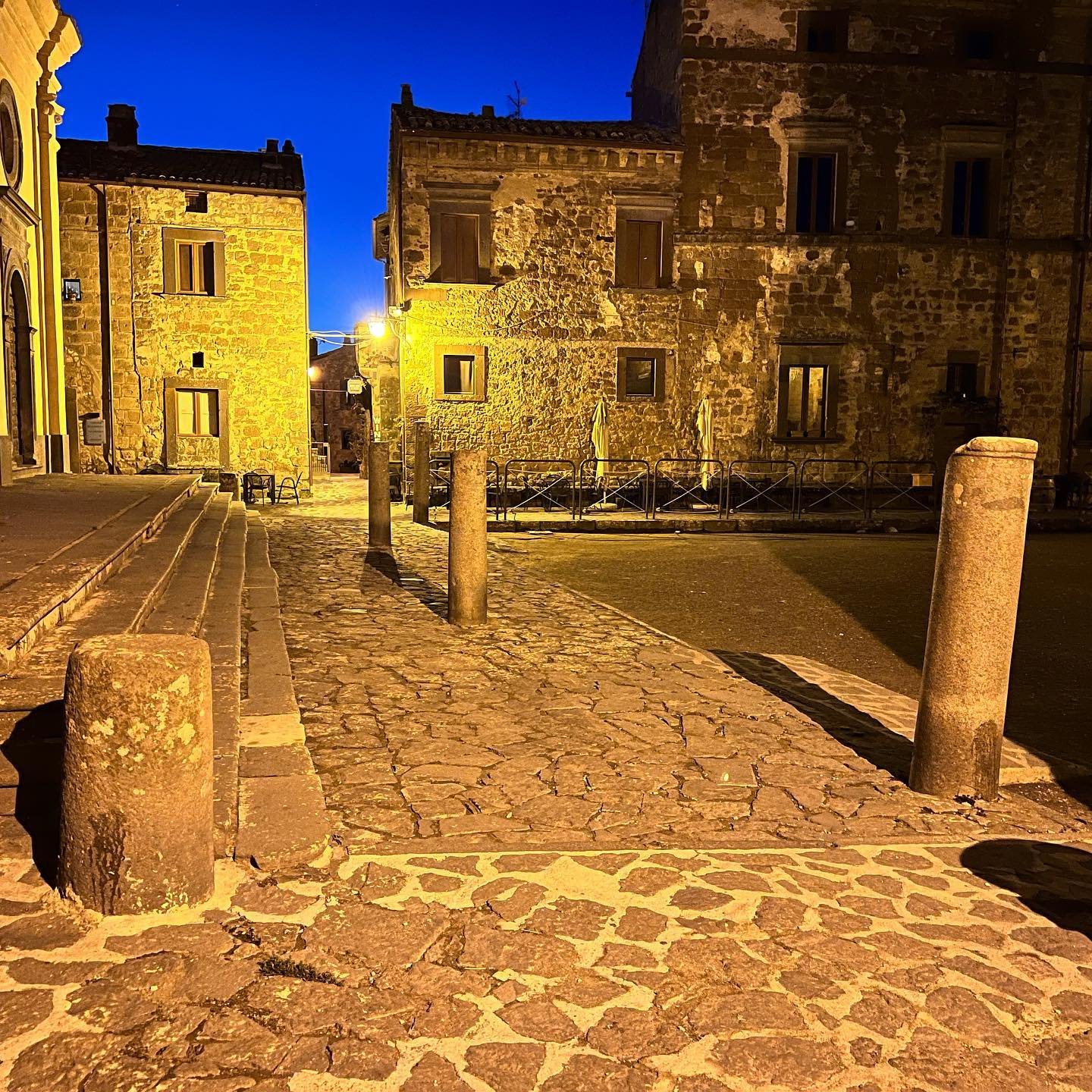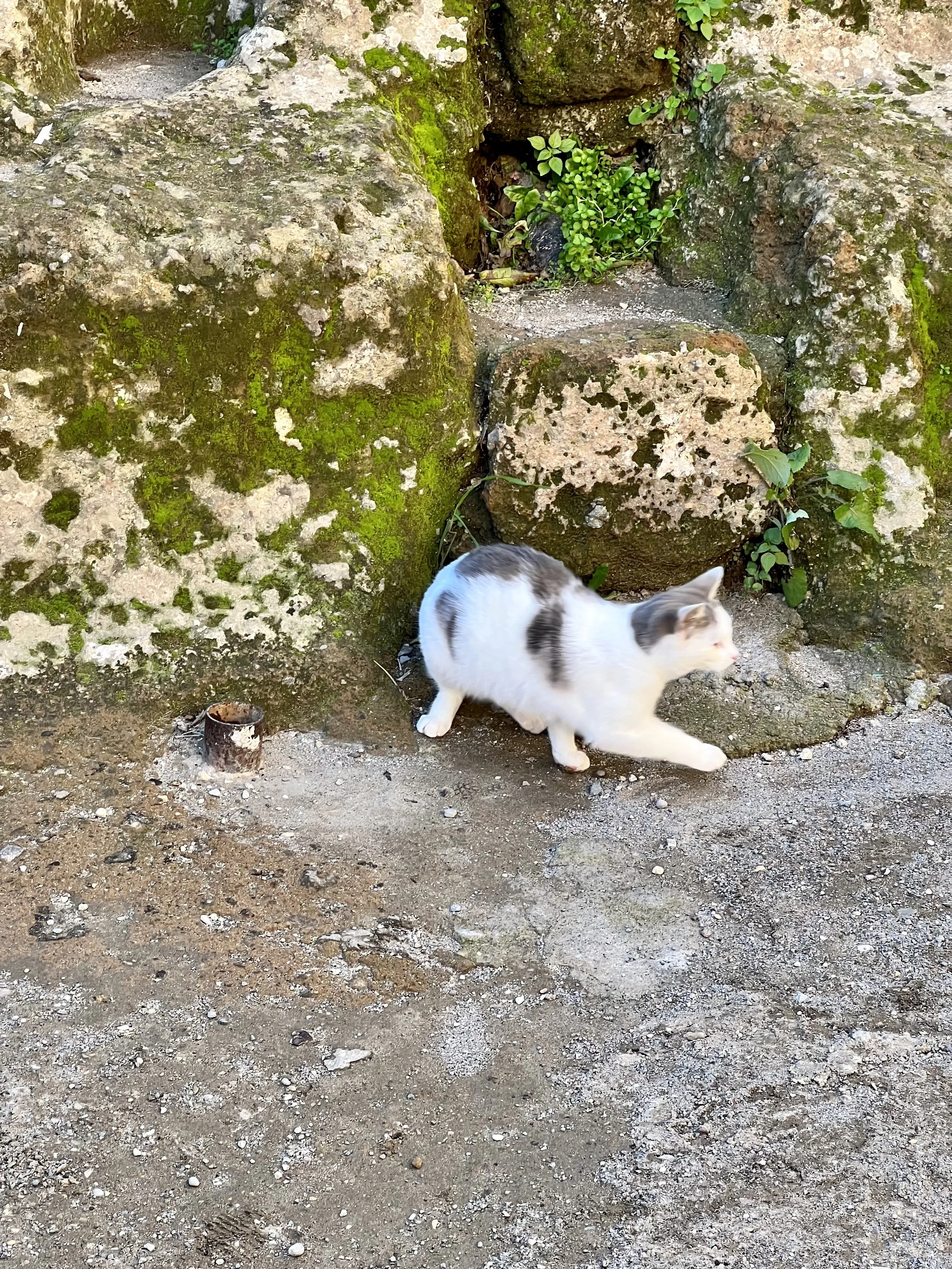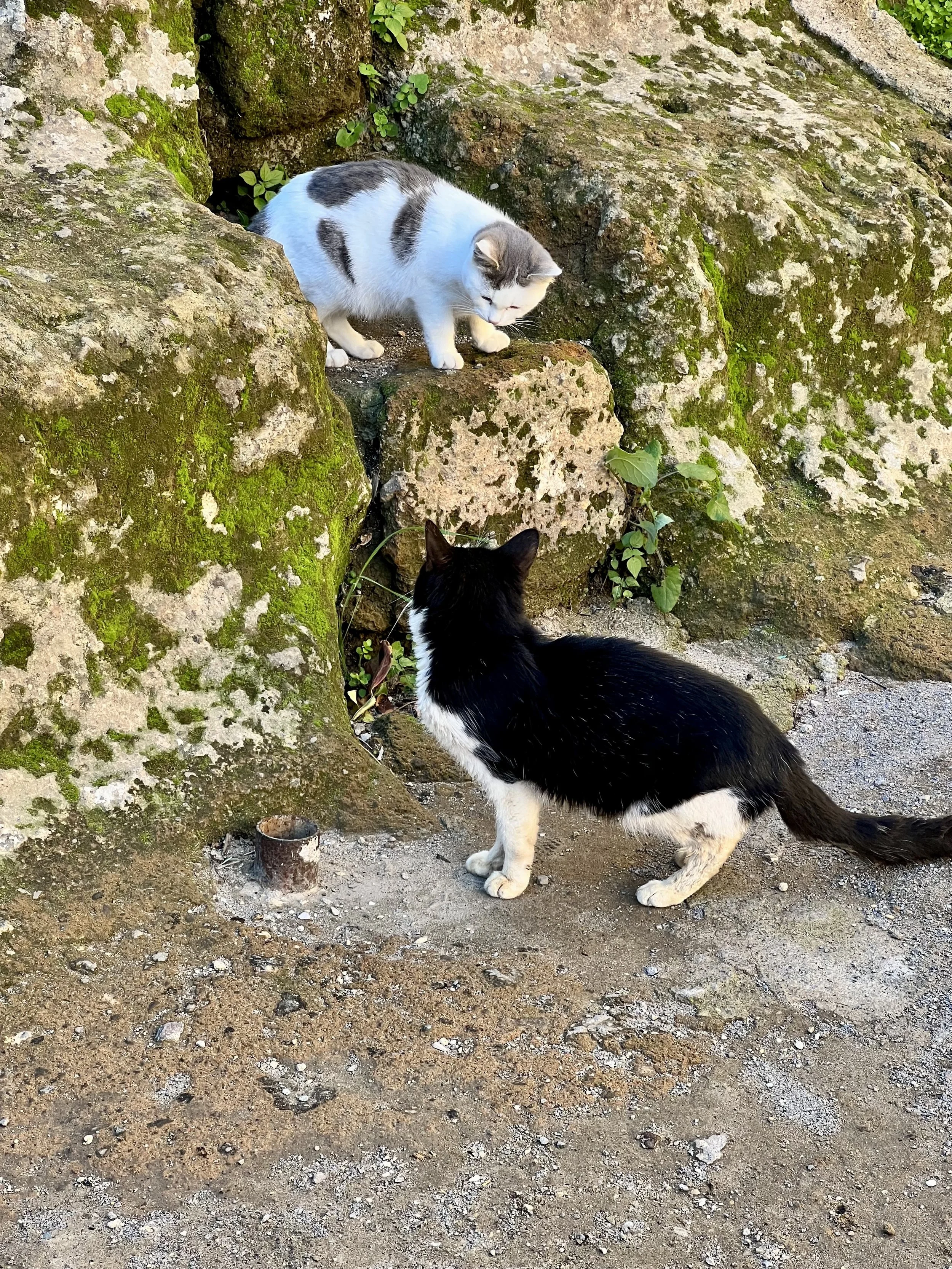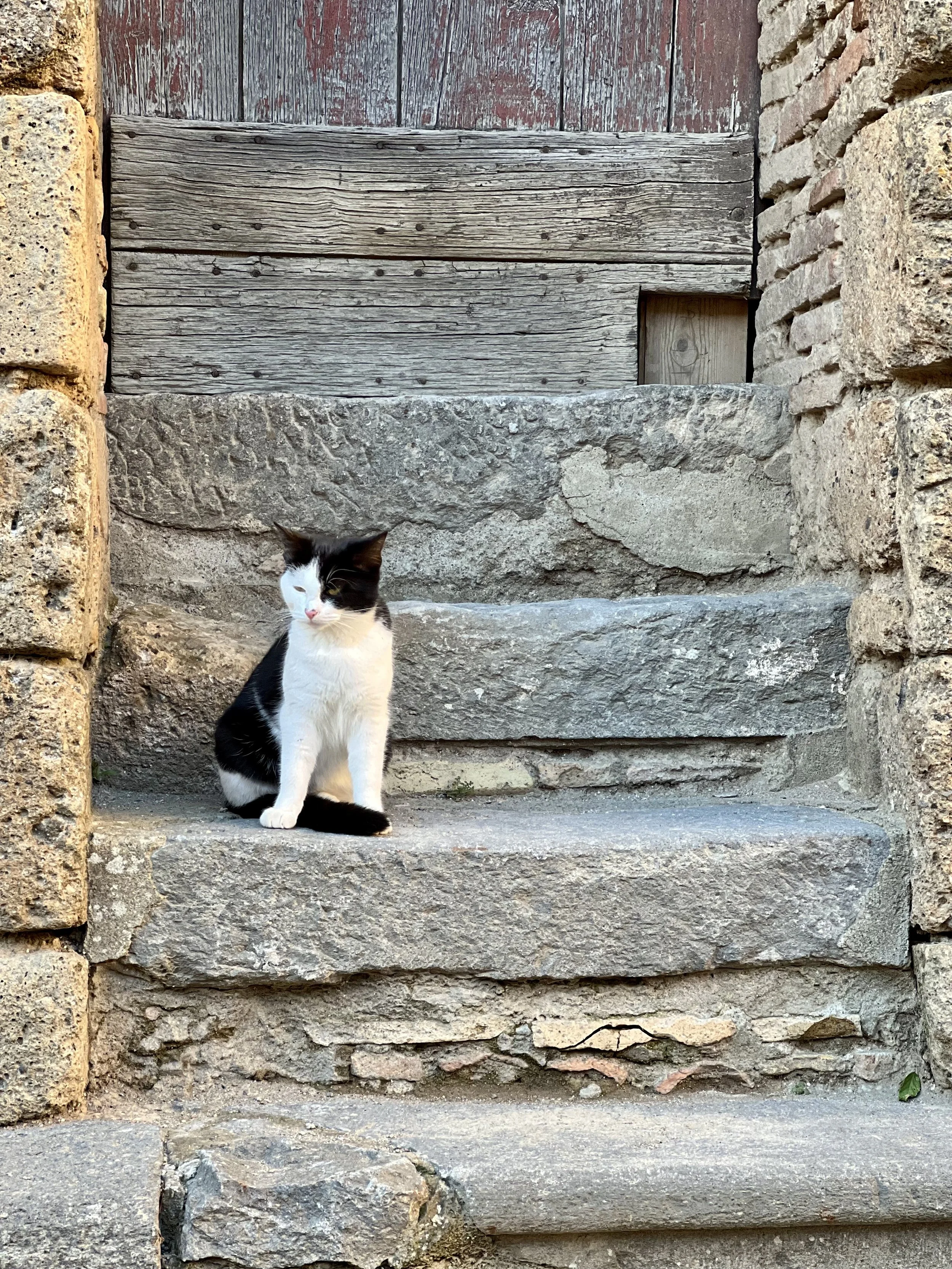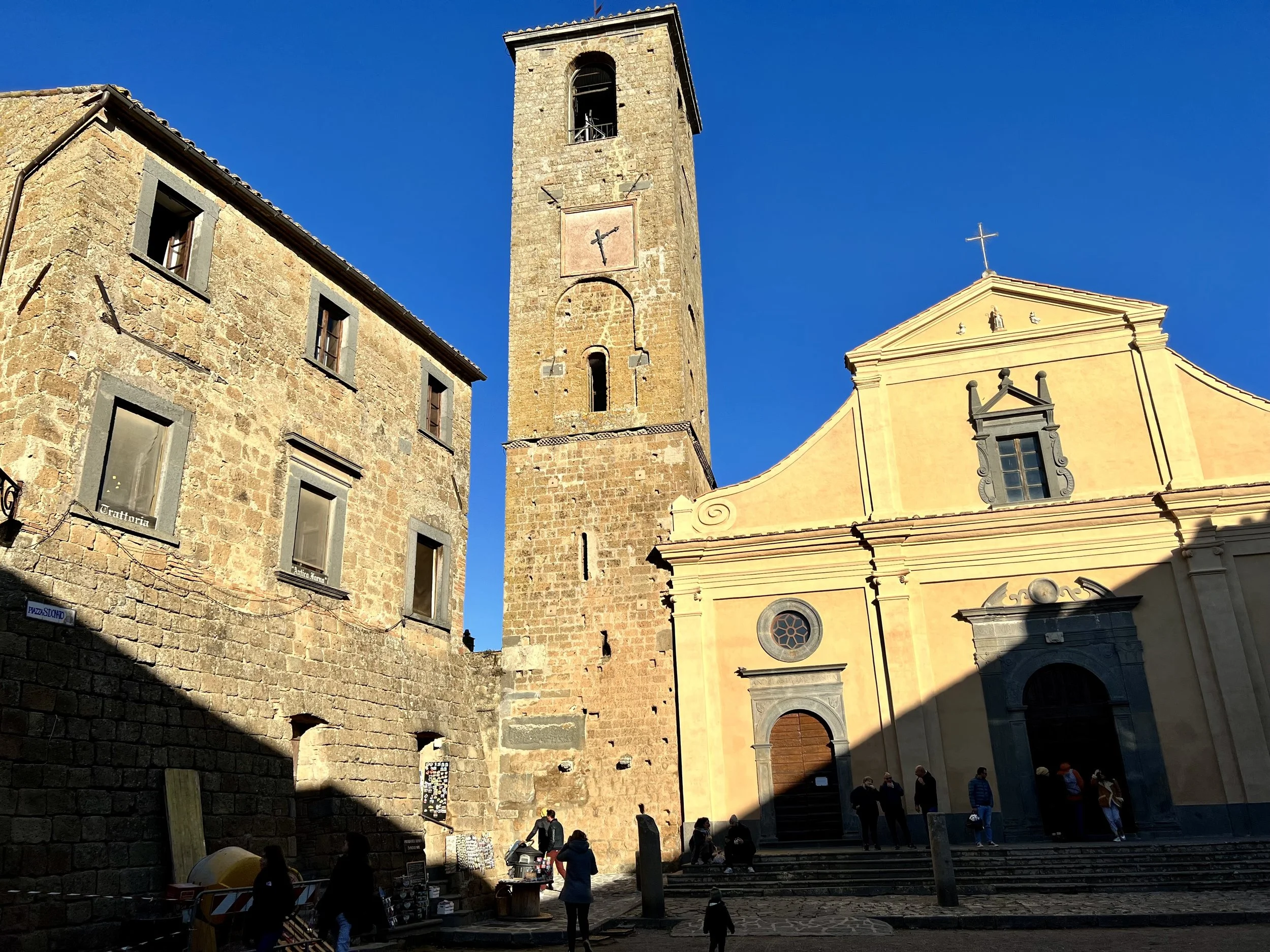
Civita di Bagnoregio
on the deep edges of Lazio lies this Etruscan hilltop citidel
POPULATION: 13
Civita di Bagnoregio
This was kind of the centerpiece of my trip. I only ever heard of this place by chance, some website that was giving recommendations for day trips from Orvieto. As soon as I started reading about it I was hooked. A ‘Dying Town’ stuck in the middle of the ‘Italian Badlands’. Sentences like that have all that doomed melancholy that I always gravitate to.
What’s more it’s a 2,500 year old Etruscan settlement, and you know how I feel about that! The layout is Etruscan but they say the buildings are mostly medieval and a few from as late as the renaissance, though you wouldn’t know it.
So you want to know why it is dying? Two reasons. One, it’s crumbling away. As bad luck would have it, its bottom base is clay laid down in prehistory when this was a seabed, which easily erodes, the layer above that is volcanic lava that landed on the clay layer. In fact both erode easily, but the clay more so.
So parts of this cliff slide off and disappear into the valley. Entire houses have slid away.
The second reason it’s dying is all of the young generation have flown the coop to get modern jobs in the real world. And the older generation, as they get frail, they move to the neighboring town across the footbridge into apartments.
I was talking to the girl that sells postcards near the Porta Santa Maria, which is the only entrance to the city. I wanted to confirm with her the population count being 11 people as I had read on numerous websites. She waved a finger side to side and with a smile said “No, no, now we are 13! We had two babies born in the summer!” Along the walls of the Porta Santa Maria there are old medieval shaped crosses chiseled into the stone by the Knights Templar, this being one of their stops either to or return from the Crusades.
It’s like a fairytale though, can you believe that my little room right in the middle of everything is just 60€? When I booked I was not paying attention to where exactly the B&B was. I just wanted to be on the mountain, I didn’t really care where. But this room is right on the Piazza San Donato, the main center of the town.
Civita di Bagnoregio had a really great plan about a decade ago. They started charging tourists €3 on weekdays and €5 on Sundays to enter the city. That money goes to engineers who are trying desperately to combat the natural fragility of the mountainsides. With 850,000 visitors a year (mostly in summertime) that money adds up and the 13 residents no longer have to pay tax to live here, which is an incentive for them to try to make a living on this mountain. There are bed and breakfasts and several restaurants, all very simple and casual, run by the bare minimum of family members, which I think is its charm really. The inn where I stayed has a 19 seat restaurant on the ground floor. During a busy lunch I showed up. I suggested I could come back later for my room but the innkeeper said “No, your room is ready.” Just then a customer comes in and asks her something in Italian, she answers, he asks something else, she answers again, then he asks a third question, I can sense she is getting annoyed finally she says something I understood, “I can’t talk to you right now I need to show this American to his room!”
The tourists are called “Day Trippers” few stay the night, most just come for a few hours, after sunset the bridge is closed. My €5 bridge toll was waived because I had a room booked. After I settled in I went down to the trattoria for lunch, a great lunch of a pasta and a grilled sausage for €15. The innkeeper who helped me was also serving tables, a few times she went into the kitchen and turned things over on the grill. Later in the afternoon after the restaurant was closed for the day I went back to my room and she was there mopping the floor. She greeted me with a cheerful “Buonasera”.
My room window is the top left in the first picture. The last two are the Trattoria Antico Forno below my room.
My first and only nighttime in Civita di Bagnoregio. After sunset the “day trippers” leave back across the bridge to the known world. The cafes and souvenir shops close their doors, most of the restaurants close too. The town becomes a medieval ghost town and this is why I came here. I walked along the empty alleys and watched the sun go down over the valley. I had a drink in the wine bar just before it closed at 6pm. There was to be just one restaurant open in the evening at 7:30 in the meantime the temperature dropped from 10°C down to 3° so I went back to my room to wait. The clock tower clangs exactly at 7pm. I like the way Civita di Bagnoregio looks at night.
I look out my window over the piazza and see the restaurant across the way has turned its lights on. I twirl on scarf, coat, gloves and hat and make my way out of my room. The bed and breakfast is the top floor of a family run restaurant, only open during the day. I have to wander through the restaurant to leave. They gave me a key to the front door so I could come and go as I please.
As I cross the Piazza San Donato, 2,500 years in this very place. I don’t know if it’s paved below, like many old things are, but right now it’s just pebbles and sand. So as I cross you can hear the crunch underfoot, it’s the only sound in the piazza, and hearing this the waitress at the restaurant looks out the window and sees me coming.
There is a grand fireplace in the dining room, part of the cooking is done on it. The waitress suggests a local Sangiovese for me to try and they bring out bruschetta as a courtesy. I feel we don’t really understand bruschetta, in the States it’s a heavily grilled bread rubbed with raw garlic. Here, and some other places in Umbria, it is toasted gently near the wood fire then drizzled with olive oil and salt and pepper. Remember, bread in Umbria is baked without salt (same as Tuscany). For my entree I ordered cannelloni filled ricotta and broccoli raab. For dessert I had a chestnut liquor known to the locals.
Wild Cats OF Civita di Bagnoregio
Though only 13 people live in Civita di Bagnoregio, they are outnumbered by cats. Roughly 20 cats live outdoors and are basically wild. They are funny, during the day, when the “Day Trippers” are here, they act aloof, like they don’t know you are there, if you try to approach one it just wanders away. But then at dusk when the tourists leave it’s a different story. They start following you around and meowing. They act starving but I spotted at least two food dishes dotted around town. I kind of fell in love with a black and white one with a pink nose. I asked the waitress at dinner if she knew the name of this one, she smiled and said “Oh yes, that’s Miss Lady.” I said, “Her name is in English?” She said “Yeah, I don’t really know why but we all call her Miss Lady.”
I don’t know if I will ever get to go back to Civita di Bagnoregio, or even how much longer it can stay a mountain, but if I ever get to go back please remind me to bring cat treats. Late at night and at dawn I was the only person walking around town and it felt horrible having these cats chase me meowing for food and not having any to give them. One little mangy one who looked too ragged and dirty to pet was particularly vocal (last pic).
Chiesa di San Donato
The Chiesa di San Donato has stood here since the 5th century, with historical records dating back to the early 600s. However, the current facade dates back to a remodel completed around 1524. Interestingly, before the church's construction, this site was home to an Etruscan temple, later converted into a Roman temple. Evidently, the presence of six stumps of pillars, varying in height, indicates that the earlier temples featured a portico.
As you wander around the exterior of the church, taking a closer look at the walls, you'll notice an array of Roman and Etruscan artifacts artfully embedded into the masonry. This practice of recycling materials was quite common, particularly among poorer churches, where resources were limited, and they made do with what they had at hand. The walls display whole sarcophagi along with their lids, as well as other intriguing marble motifs that add to the church's historical charm.
Witnessing the blend of ancient elements integrated into the structure, it’s easy to feel transported through time,







